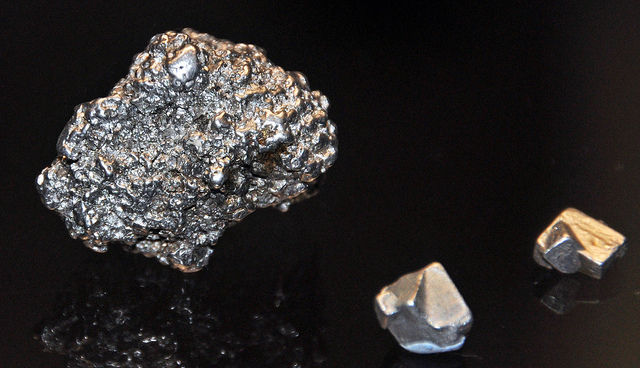Platinum (Pt) Elements Specifications

Properties:
Platinum (Pt) is a chemical element with atomic number 78. Like gold Platinum is malleable, ductile, and dense transition metal. Platinum is highly unreactive, and one of the rarest elements on earth. Color is silverfish white. Platinum is placed in the group 10 of the periodic table. Platinum has six isotopes. Because Platinum is very scarce, Platinum is a valuable, precious metal. Being one of the least reactive metals, platinum strongly resists to corrosion despite the high temperatures. Platinum is considered a noble metal. Platinum barely reacts with oxygen at high temperatures. Platinum readily reacts with fluorine at 500 Celsius. Platinum is insoluble in hydrochloric and nitric acid; however Platinum dissolves in hot nitric acid hydrochloride. The most common oxidation states of Pt are +2 and +4. As a soft acid, Platinum has a great affinity for sulfur. Platinum is extremely rare, therefore Platinum is an expensive metal. Platinum is hard to wear out and tarnish, so many prefer it as a jewelry.

Applications:
Platinum is used in Jewelry
Platinum is used in Catalytic converts for vehicles( trucks, buses , cars)
Platinum is used as a Catalyst for the production of silicone, benzene, nitric acid
Platinum is used as a Catalyst to enhance fuel cells
Platinum is used in Computer hard disks, thermocouples
Platinum is used in Optical fibers and LCDs, spark plugs, turbine blades, pacemakers and dental fillings
Platinum is used in Compounds with platinum for chemotherapy drugs
Platinum is used in Lasers and photographic materials
Platinum is used in Dentistry
Platinum is used in Electrical contacts and electrodes
For Related Products, please visit:
Comments
Post a Comment